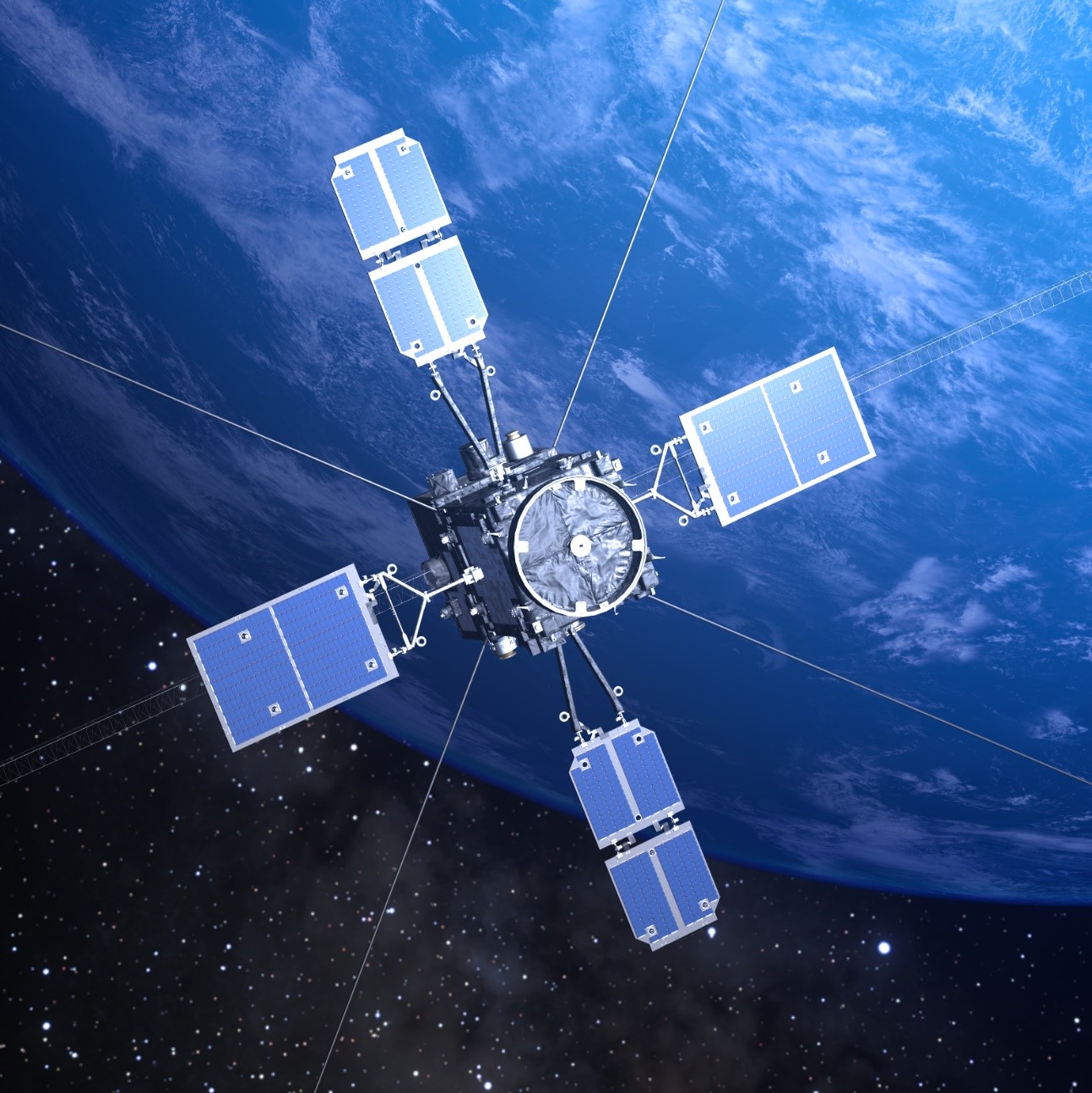Welcome to DARTS/ARASE(ERG)

About ARASE(ERG)
The Arase (ERG) satellite was successfully launched by the Epsilon rocket on December 20, 2016. Major mission objectives of Arase (ERG) are to elucidate acceleration and loss mechanisms of relativistic electrons in the Earth’s radiation belts during geomagnetic disturbances like geospace storms. The crucial essential observation is to conduct comprehensive in-situ measurements of plasma, particles and electromagnetic fields in the inner magnetosphere. To achieve the purpose, Arase (ERG) observes continuous electron energy spectra from 19 eV to 20 MeV and continuous electromagnetic waveforms from DC to 20 kHz in the radiation belts by eight onboard sensors.
Onboard Science Instruments:
- Low-Energy Particle Experiments - Electron Analyzer (LEP-e)
- Low-Energy Particle Experiments - Ion Mass Analyzer (LEP-i)
- Medium-Energy Particle Experiments - Electron Analyzer (MEP-e)
- Medium-Energy Particle Experiments - Ion Mass Analyzer (MEP-i)
- High-Energy Electron Experiments (HEP)
- Extremely High-Energy Electron Experiments (XEP)
- Plasma Wave Experiment (PWE)
- Magnetic Field Experiment (MGF)
- Software-Type Wave-Particle Interaction Analyzer (S-WPIA)
For details, please visit the ERG Science Center.





